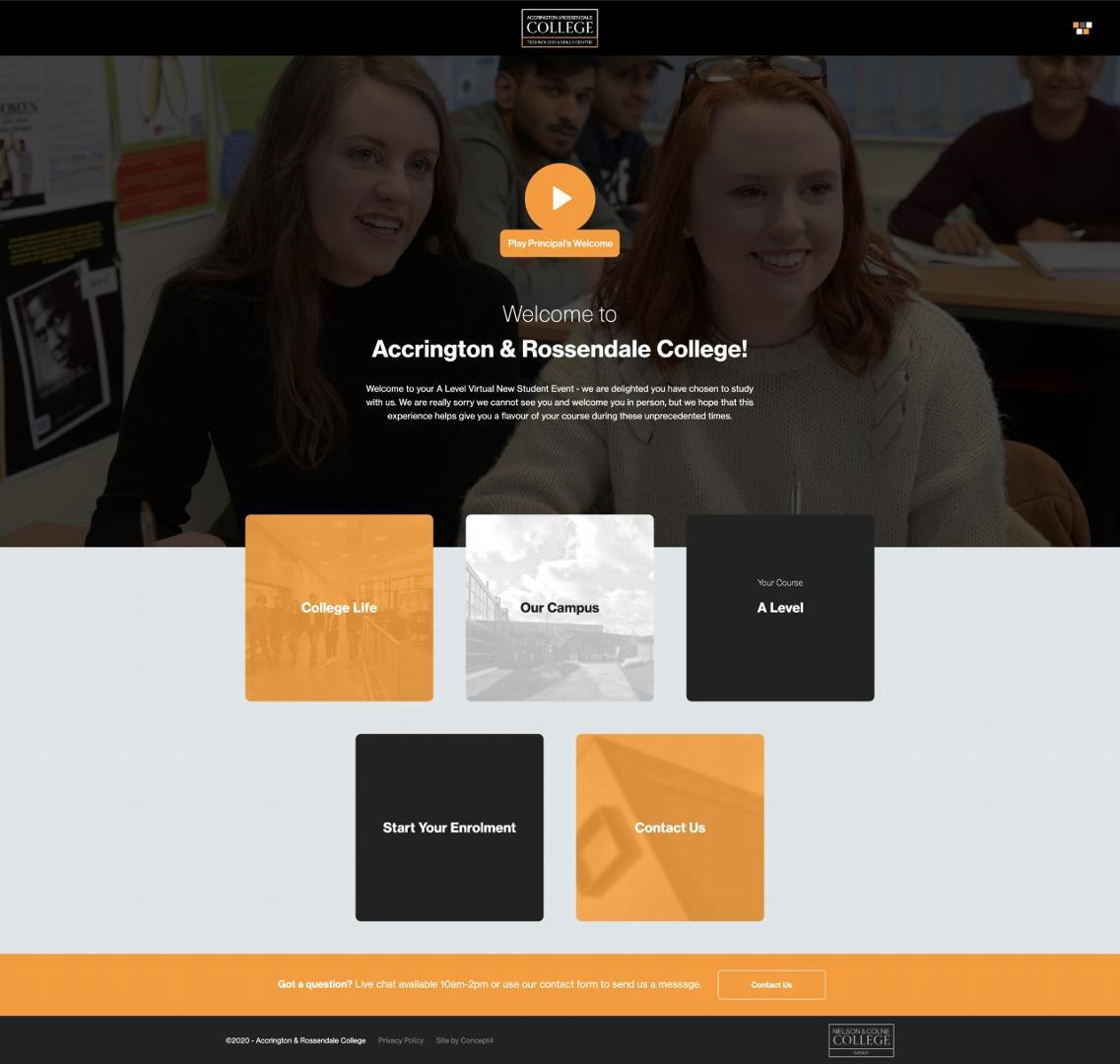Why blogging is good for business
YOU MIGHT ALSO LIKE...
Businesses that blog, on average, get around 400% more website traffic than businesses that don’t!
So, why’s that? It’s simple. Google and other search engines just love content so a website that’s
being regularly updated with engaging content is going to get you ranked higher and higher through
searches. This means you’re far more visible to your audience online and more traffic will click
through to your website.
How often should you publish blog content? 
Good question! We say as often as you can - but that’s going to depend on several factors, such as how big a team you have to write content, who has the skills set, the type of business you’re in and having a plan for what topics to produce content about. Many businesses fail at this because they’re time poor, and don’t yet see the value in putting the time aside to produce good quality content.
Where to start…
The best starting point is to get under the skin of your ‘personas’ (your target audience). What motivates them? What gets them out of bed in the morning? What keeps them up at night? What are their pain points and how can you help to alleviate that pain? The key to successful blogging is making sure you’re not writing about your business, but you’re writing to your audience and reaching to them on a level that connects and helps them with their daily life.
Fail to plan, plan to fail
Once you’ve nailed your personas (not literally!) you need to create a content marketing plan. This is
simply coming up with topics that your target audience will be interested in. But how do you do this?
Well, when you’ve developed your personas you’ll have a list of pain points, key interests, barriers to
purchase and so on. Armed with this information you can do some competitor research around
these topics and see what they’re blogging about; check out what sort of engagement they’re
getting with their blog content on their social media channels to get an understanding of what
content your audience is already consuming. Another great resource is Buzz Sumo – here you can
input blog titles and it’ll throw up content that’s had high levels of engagement in the past, giving you a good indication of how interested your audience is with that content.
Creating content
Great content isn’t just the written word, so considering utilising video, infographics and attractive imagery should also be part of your plan. Once you’re ready with your topic ideas, it’s time to get something down on paper. Think about talking directly to your persona, use a tone of voice that’s relaxed, chatty and easy to read, supported with appropriate visually engaging elements. When you’ve written something, ask a colleague to read it too - for sense, errors and general feedback – this is a really valuable part of the process.
Get it out there
Once you’re happy with your blog and you’ve published it to your website – you need to think about other ways you can get your content to work for you. So, pushing it out to your social media channels is a must! This will drive traffic back to your website and improve your visibility in search engines. Ask work colleagues to share content to their social media accounts and consider posting it into relevant groups to maximise your digital reach. Once you get into the flow of producing blogs, it
will get easier.
If time is a big issue for your organisation, but you’d really like to get better at blogging – then
contact us [email protected]. We’ve a team of content writers who’ll understand your business
and your customers – they’ll help you put together a content marketing strategy to blow your
competitors out of the water!

